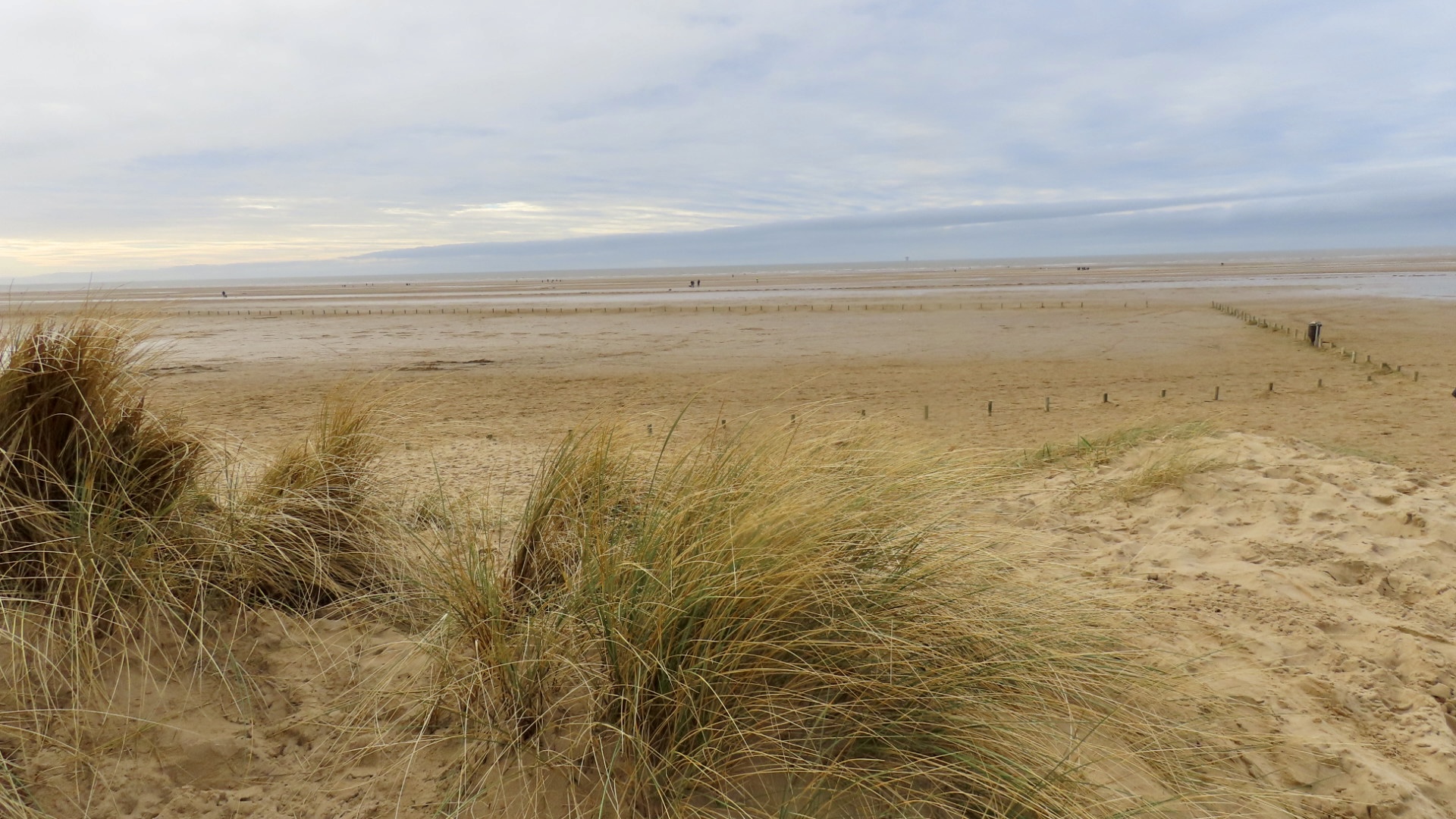Formby Beach has been rated as Excellent by the Environment Agency as it today released the 2024 statistics on English coastal and inland bathing water.
Ainsdale Beach and Southport Beach meanwhile have been rated as Sufficient.
Elsewhere in Merseyside and Lancashire, there was an Excellent rating for Moreton, and Good ratings for: Wallasey, Bispham, Cleveleys, Fleetwood, and Morecambe South.
There were Sufficient ratings for: St Annes, Blackpool South, Blackpool Central, and Morecambe North.
Blackpool North and St Annes North beaches are among just five beaches in the North West (14%) which failed to meet the minimum required and have been classified as Poor.
Altogether, 92% of English bathing waters meet water quality standards, although the Environment Agency says that “further action is needed to improve bathing water quality”.
In today’s announcement, 61% of North-West bathing waters have been rated Good (12, 35%) or Excellent (9, 26%), 5 (14%) failed to meet the minimum required and have been classified as Poor.
The 2024 statistics on English coastal and inland bathing waters follow testing by the Environment Agency at 450 sites regularly used by swimmers throughout the summer, including 27 new sites designated earlier this year. These tests monitor for sources of pollution known to be a risk to bathers’ health, specifically E. coli and intestinal enterococci.
Despite significant improvement since the 1990s, when just 28% were rated as ‘good’ or ‘excellent’, today’s results make clear that more still needs to be done to improve their quality for people and the environment.
The proportion of ‘good’ and ‘excellent’-rated sites has fallen slightly, in part due to the existing water quality of the 27 new bathing water sites designated across England this year, 18 of which are classified as ‘poor’. This is not unexpected, as the new sites have not been managed for bathing before, and it takes time to understand and tackle the sources of pollution affecting them.
Without the newly designated bathing waters, 95% of sites nationally would meet minimum standards this year, only slightly down from 96% last year.
Ian Crewe, Area Director for the Environment Agency in the Greater Manchester, Merseyside and Cheshire said:
“The long-term trend for bathing water quality in the Greater Manchester, Merseyside and Cheshire area remains positive this year with 75% achieving Good or Excellent.
“Water samples taken by the Environment Agency throughout the bathing water season provide vital evidence into how the bathing waters are affected by different pollution sources. Wet weather and storm conditions during the bathing season can increase land runoff and wastewater impacts, and can increase the effect of naturally-occurring situations such as seabird passage. We investigate the impacts of these potential changes as part of our annual bathing water planning work.
“There is still much more to be done to ensure cleaner and healthier waters for people to enjoy and action plans are in place for poor and sufficient waters to work with partners to investigate the problems they are facing.
“We are disappointed to see deteriorations at West Kirby, Meols and Wallasey, and this makes us even more committed to working with key partners and water companies to improve water quality at these important destinations.”
Water Minister Emma Hardy said:
“These figures are unacceptable and show that too many of our popular swimming spots are polluted.
“That’s why we are placing water companies under special measures through the Water Bill, which will strengthen regulation including new powers to ban the payment of bonuses for polluting water bosses and bring criminal charges against persistent law breakers.
“This is just the start – we’ve launched the largest review of the water sector since privatisation to attract the investment we need and reform the water system to help clean up our rivers, lakes and seas for good.”
Following today’s results, the Environment Agency is working with local partners to take targeted action to improve water quality at all bathing water classified as ‘Poor’.
The results follow the launch on 12 November of a Government consultation on proposed reforms to bathing water regulations to ensure a more flexible approach to designation and monitoring. This includes assessing water quality and the feasibility of improvement at a site prior to designation.
Wider measures to improve water quality include:
- Driving up monitoring of water companies with new flow monitors installed on more than 2,000 wastewater treatment works and 100% of storm overflows now monitored. We are increasing water company inspections to 4,000 by the end of March 2025; 10,000 in 2025/6 and 11,500 in 2026/27. This will increase our inspection and audit work substantially to uncover non-compliance. We are also carrying out our largest ever criminal investigation into potential widespread non-compliance by water companies. Since 2015, we have concluded 63 prosecutions against water and sewerage companies securing fines of over £151 million.
- Supporting farmers to reduce water pollution and an increase in agricultural regulation, including doubling funding for free face-to-face support on reducing water pollution to all farmers in England. The Environment Agency carried out more than 4,800 farm inspections across England last year, helping farmers comply with legal requirements and resulting in more than 7,000 actions undertaken to improve farm practices and drive improvements to our environment.
The Environment Agency is changing its approach to regulation of the water industry by:
- Investing around £15 million in enhancing our digital systems and tools. Data and information from lots of sources will be combined to turn data rapidly into regulatory intelligence to easily identify and tackle the highest priority issues.
- Investing in 500 additional staff including environment officers, data analysts, enforcement specialists and technical experts, as well as team leaders and managers.
- Continuing to prioritise attendance at all Category 1 and 2 serious and significant water company pollution incidents but also increasing our attendance at Category 3 (minor) water company pollution incidents.
- Being more open and transparent about the way we regulate the industry. To help people get the information they need we recently launched our new Water Hub. This will hold all our data and guidance on water in one place for the public to easily access.
Do you have a story for Stand Up For Southport? Please message Andrew Brown via Facebook here or email me at: mediaandrewbrownn@gmail.com






